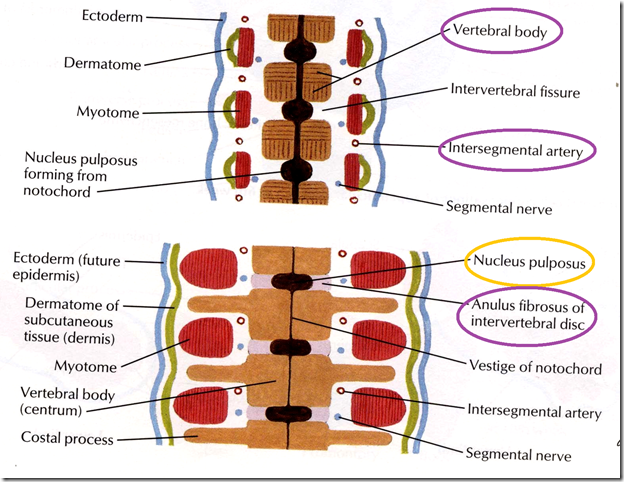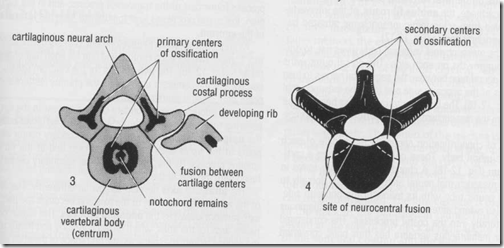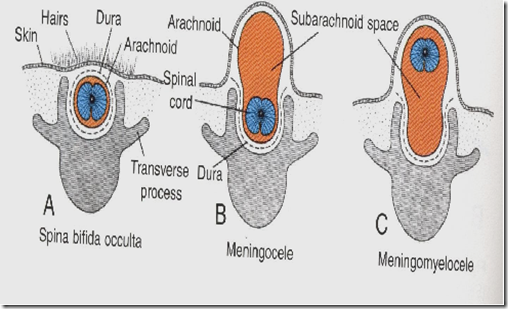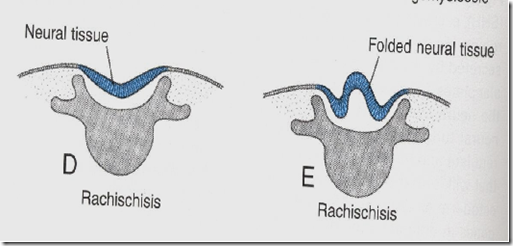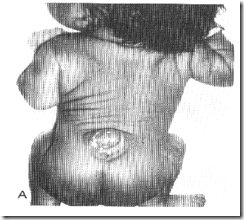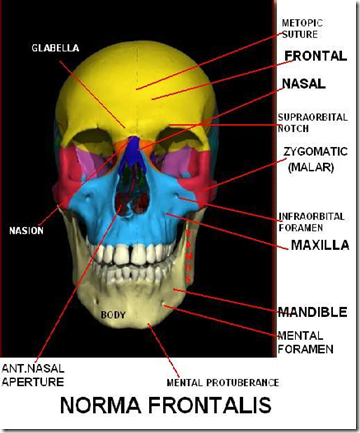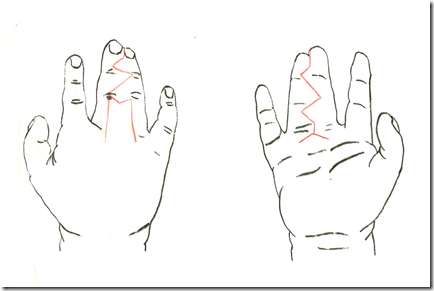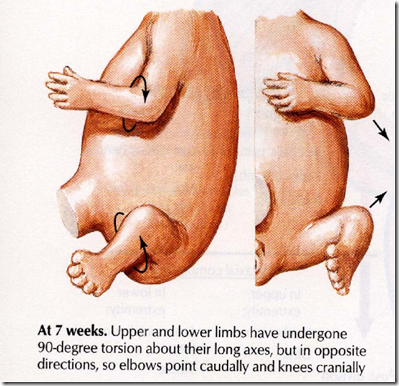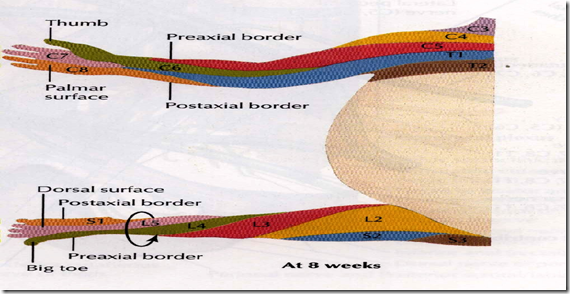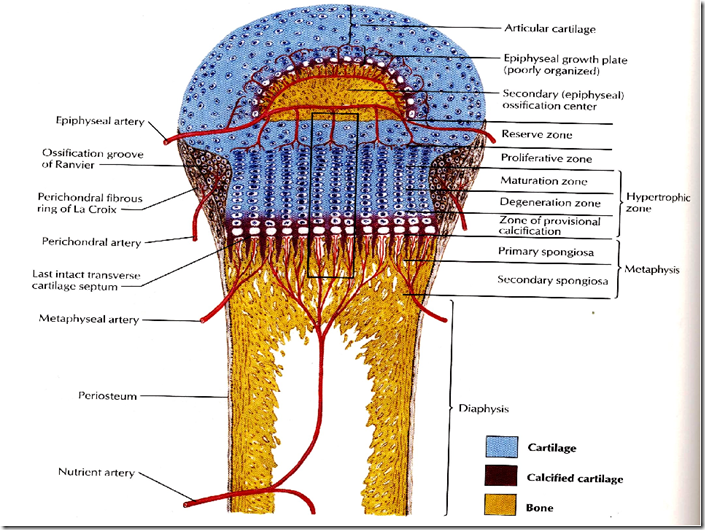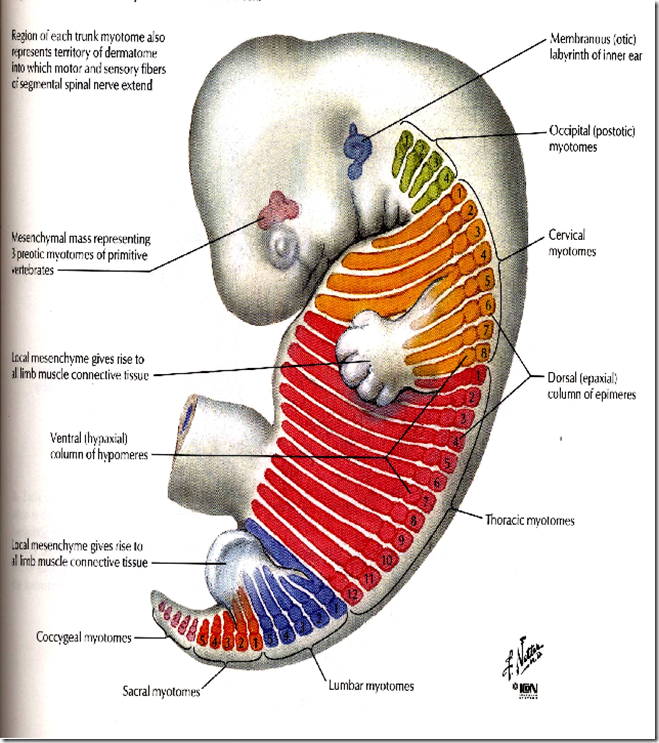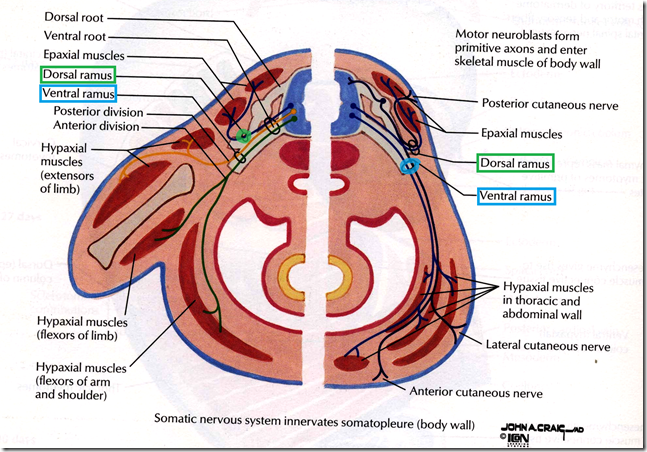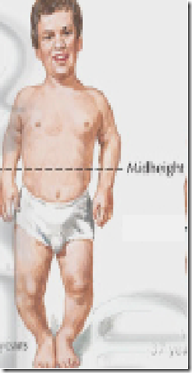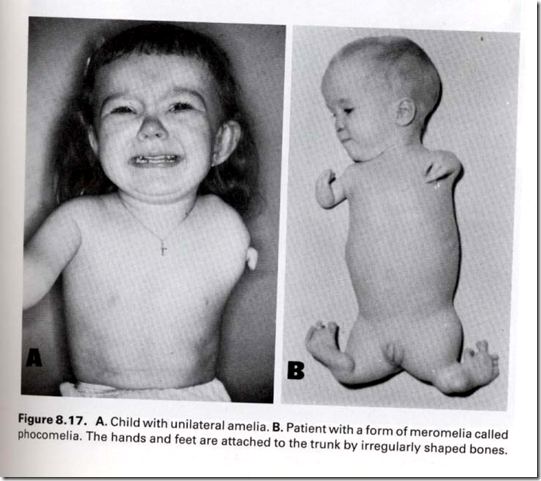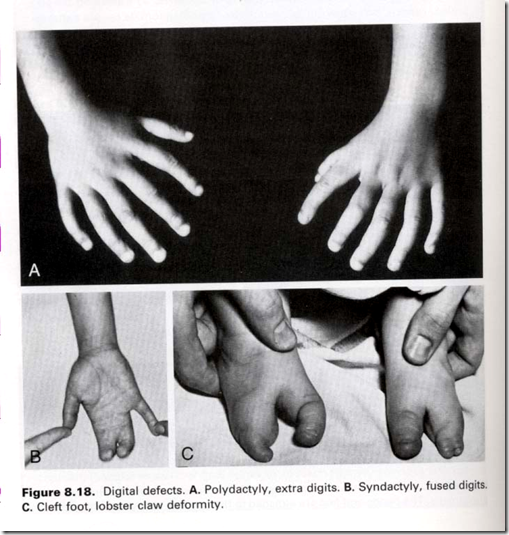Read up Foundation 1 Embryology & 1st aid basic sciences.
Skeletal system develops from:
- Paraxial mesoderm
- forms somites
- a segmented series of blocks on each side of neural tube
- somites form:
- vertebral column
- muscles of axial skeleton
- body wall
- head
- forms somites
- Lateral plate mesoderm (somatic layer)
- forms:
- pelvic
- pectoral girdle
- long bones (of limbs)
- forms:
- 1st pair of somites appear on the 20th day
- at cervical region
- formation of the somites
- cranial-caudally
- 3 somites per day
- By the 5th week, have 44 pairs
- Occipital – 4
- 1st pair disappear at 4th week
- Cervical – 8
- Thoracic – 12
- Lumbar – 5
- Sacral – 7
- Coccygeal – 8 to 10
- Last 7 pairs disappear at 4th week
- Occipital – 4
- Ventromedial: sclerotome
- mesoderm of sclerotome
- surrounds neural tube & notochord
- forms vertebral column
- surrounds neural tube & notochord
- mesoderm of sclerotome
- Dorsolateral: dermo-myotome
- dermatome
- forms skin
- myotome
- forms muscle
- dermatome
- Sclerotomic blocks
- separated by intersegmental arteries
- caudal part of each segment proliferate
- caudal half of one sclerotome binds to cranial half of next one (see image below)
- therefore body of vertebrae is of intersegmental origin (segmented)
- Messenchymal cells between cranial and caudal half of sclerotome
- form intervertebral disc
- annulus fibrosus (purple)
- form intervertebral disc
- The remains of notochord
- forms nucleuss pulposus
Developmental abnormalities
Neural tube defect
- diagnostic:
- maternal alpha-fetoprotein
- prevention
- folic acid supplementation
- Neural crest cells
- forms mesoderm of head
- which forms bones of face & skull
- forms mesoderm of head
- Occipital somites
- forms cranial vault & base of skull
Types of ossification (skull)
Membranous (messenchyme –> bone)
- Neurocranium (inner part of skull)
- forms cranial cavity
- houses the brain
- membranous part of neurocranium
- fontanelles
- flat ones of cranial vault sutures
- enables baby’s skull to enlarge to accommodate growing brain
- failure of formation
- brain exposed to amnion causing degeneration
- anencephaly
- with herniation of brain
- cranial meningocele
- brain exposed to amnion causing degeneration
- fontanelles
- forms cranial cavity
- Viscerocranium (outer part of skull)
- facial skeleton
- from 1st & 2nd pharyngeal arches
- facial skeleton
- Chondrocranium
- base of skull
Cells of somites migrate to form precursors of:
- limb bud
- body wall musculature
but retains nerves from segment of origin (?).
By the end of 4th week,
- limb buds out pocket
- from ventral body wall
- start from a mesoderm core
- derived from somatic layer of lateral plate mesoderm
- upper limb buds appear 1st
- lower limb buds appear 2 days later
- mesenchyme in bud condenses
- 6th week – 1st cartilage model
- 7th week – 1st limb muscles at base of limb bud
- pattern of muscle depends on connective tissue into which myoblasts migrate
- head region
- C/T from neural crest cells
- axial, body wall, limbs
- C/T from somatic mesoderm
- head region
- pattern of muscle depends on connective tissue into which myoblasts migrate
- thickened ectoderm at distal border of limb bud (at the tip)
- Apical ectodermal ridge (AER)
- induces the pattern of the limb
- differentiation of
- limb bone
- cartilage
- muscle
- differentiation of
- if defected
- fingers/toes may not form properly
- induces the pattern of the limb
- Apical ectodermal ridge (AER)
At the 7th week,
- limbs rotate in the opposite direction
- upper limb: 90% lateral
- extensor muscles
- lateral & posterior surface
- thumb
- lateral side (anatomical position)
- extensor muscles
- lower limb: 90% medial
- extensor muscles
- anterior surface
- great toe
- medial side (anatomical position)
- extensor muscles
- upper limb: 90% lateral
Bone growth with age
Muscle development
Prospective muscle cells
- Epimere
- extensors of vertebral column
- innervated by: dorsal rami of spinal nerve
- Hypomere
- limb and body muscle wall
- innervated by: ventral rami of spinal nerve
- thoracic hypomere
- splits into 3 layers
- external intercostal
- internal intercostal
- innermost intercostal
- splits into 3 layers
- abdominal hypomere
- splits into 3 layers
- external oblique
- internal oblique
- transversus abdominis
- splits into 3 layers
Anomalies
Dwarfism
- 9 members of fibroblast growth factors & fibroblast growth factor receptors (FGFR)
- regulate cellular events in proliferation and differentiation
- FGFR-3
- expressed in cartilage growth plates in long bones
- mutation in p-arm of chromosome 4
- autosomal dominant – hereditary
- amino acid substitution
- proliferation on chondrocytes in epiphyseal plate is disturbed
- achondroplasia
- most common causes of dwarfism
- large head, small face, limbs shorted than trunk, bowed
- achondroplasia
- Amelia
- complete absense of limbs
- Meromelia
- partial absense of limbs
- Phocomelia
- long bones absense
- rudimentary hands & feet
Causes:
- hereditary
- drug induced
- mothers on thalidomide
- teratogen damage
- mostly 3rd – 8th week
- teratogen damage
- Polydactyly
- extra digits
- Ectrodactyly
- absence of digits
- Syndactyly
- abnormal fusion
- caused by: anti-convulsant phenytoin
- abnormal fusion
- Lobster claw deformity
- cleft hand & foot
- Congenital hip dislocation
- due to underdevelopment of acetabulum & head of femur
- mostly female




